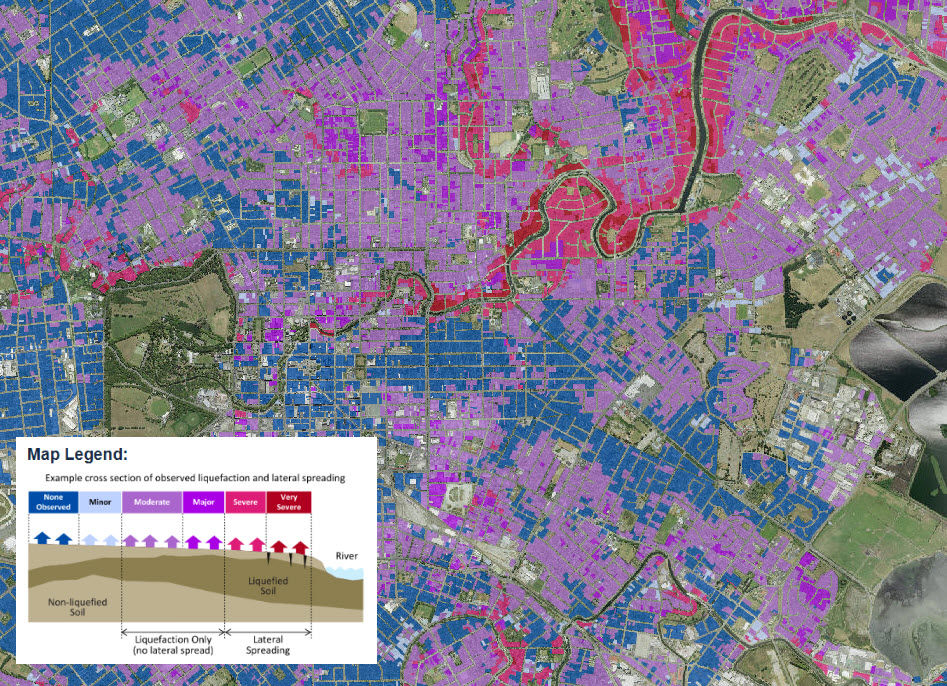Building with Certainty: Why Geotechnical Assessments Matter
- theo1583
- Oct 21, 2024
- 2 min read
Updated: Sep 22
How do you know what you are building on? Is your site really suitable for what you want to build? Who can guide you through the risks before you commit to construction?
The ground beneath your site is the foundation of every project. A geotechnical assessment is essential for identifying hazards that may affect both cost and safety. These can range from earthquake-induced liquefaction in sandy soils, to shrinking and swelling of clays that move with seasonal moisture changes. Councils typically require a geotechnical report as part of the consenting process to confirm your site is suitable for the proposed development, but more importantly, it protects your investment.

What does a geotechnical report include?
Desk-based assessment
The process begins with a review of existing information: local geology, past site history, hazard maps, and your proposed development. This helps the engineer determine which risks need closer examination.

Ground investigation
Site investigations may follow, where engineers carry out intrusive testing (such as boreholes, test pits, or penetration tests) to confirm the soil and rock conditions beneath the surface. Samples may also be taken for laboratory testing.

Geotechnical assessment and advice
With a clear picture of the ground conditions, the engineer provides a tailored assessment. This will confirm the site’s key geotechnical hazards and outline practical solutions, anything from foundation design options to earthworks recommendations.

Why it matters
The findings of the geotechnical report aren’t just for engineers or councils. They provide critical input for architects, structural engineers, and civil engineers, ensuring that their proposed design works in harmony with the ground conditions. Addressing risks early helps avoid costly redesigns, over-engineering, or unexpected construction delays.
A modest investment in a geotechnical assessment at the start of your project can save significant time, cost, and stress later.



